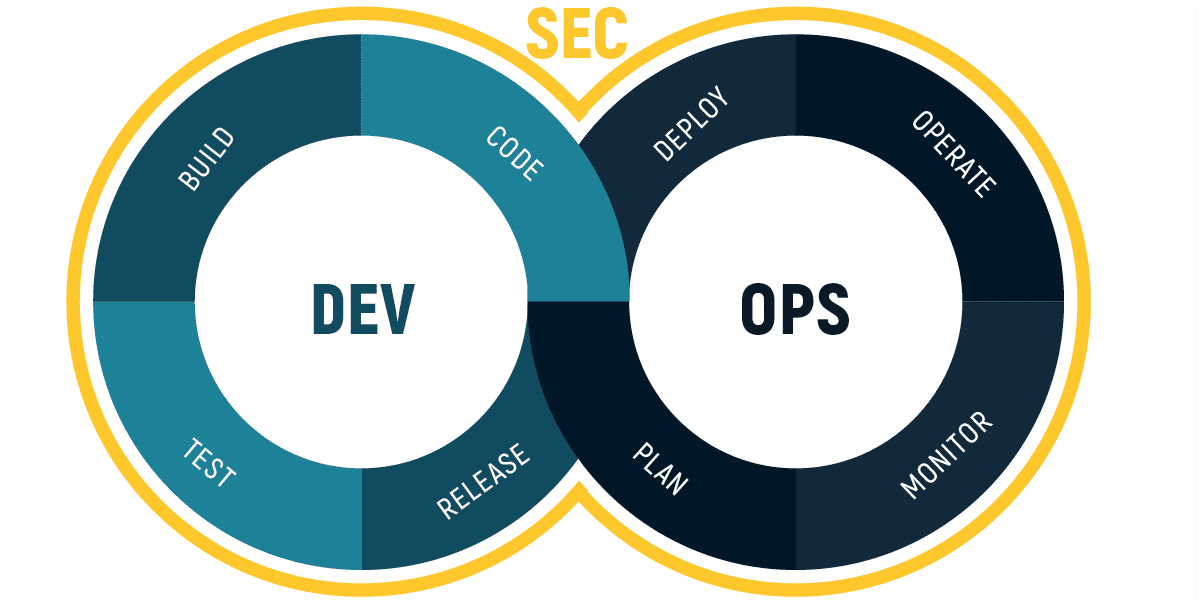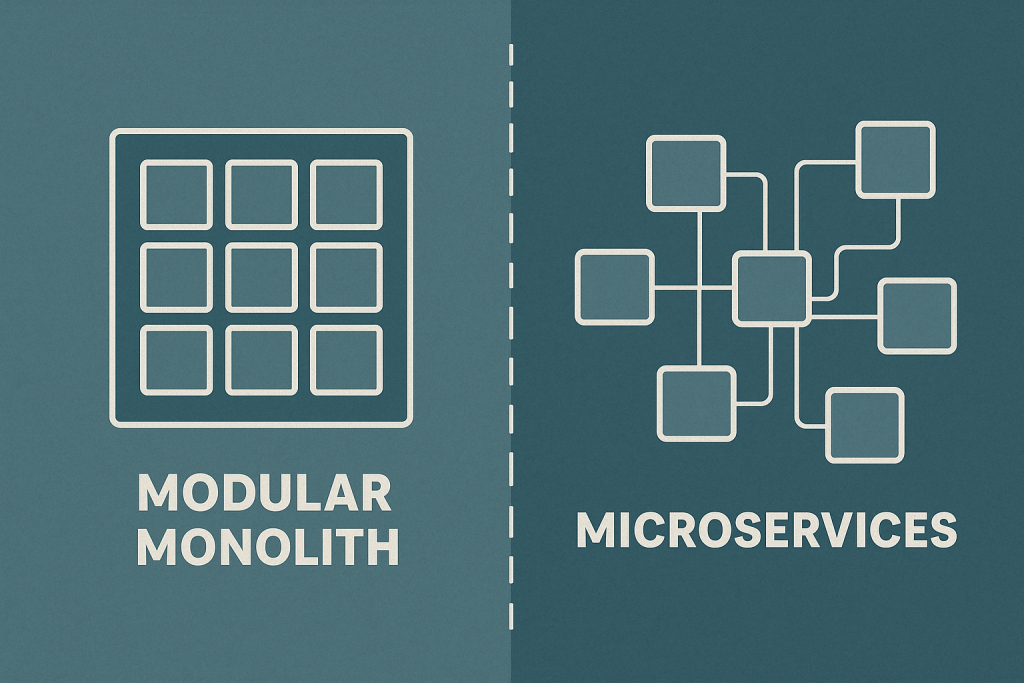Introduction to DevSecOps
DevSecOps is transforming the way organizations develop and deploy applications by integrating security at every stage of the software development lifecycle. By bridging the gap between development, operations, and security teams, this approach works to ensure that robust protection against potential vulnerabilities is built into every phase of the process. In this article, we explore the benefits and challenges of embedding security practices into the DevOps pipeline, and how organizations can successfully transition to a fully integrated, secure development environment.
The Evolution from DevOps to DevSecOps
The traditional DevOps model emphasizes speed and efficiency in software development and delivery. However, the increasing complexity of modern applications and the growing landscape of cyber threats necessitated a new approach: DevSecOps. This evolution from DevOps to DevSecOps integrates security measures into the pipeline right from the start, rather than treating security as an afterthought. By incorporating automated security testing, continuous monitoring, and real-time threat detection, DevSecOps ensures that vulnerabilities are discovered and resolved early in the development cycle. Implementing Continuous Integration and Deployment Pipelines for Microservices
Understanding the Importance of Security in Software Development
Security is paramount in today’s digital landscape. As organizations race to deploy innovative applications, they face increasing risks from cyber attacks. Embedding security measures throughout the development lifecycle minimizes the risk of breaches, reduces the attack surface, and helps safeguard sensitive data. Leveraging a DevSecOps model empowers teams to shift security left—ensuring vulnerabilities are detected and addressed during the coding and testing phases rather than after deployment. This proactive approach not only protects the application but also builds trust with end-users and stakeholders.
Key Components of a Successful DevSecOps Strategy
A robust DevSecOps strategy relies on a few key components that work harmoniously to secure the development pipeline:
- Automation: Automating security scanning and compliance checks is critical to speeding up vulnerability detection. Tools that continuously monitor code repositories and infrastructure can prevent security issues from slipping through. Implementing Continuous Integration and Deployment Pipelines for Microservices
- Collaboration: Success in DevSecOps is rooted in fostering a culture of shared responsibility across development, operations, and security teams. This collaborative approach mitigates risks and streamlines the resolution of security issues.
- Integration of Security Tools: The right combination of security tools—such as static application security testing (SAST), dynamic application security testing (DAST), and dependency analysis tools—ensures coverage across the entire pipeline. Building Secure and Efficient MCP Servers: A Comprehensive Guide
- Continuous Monitoring and Feedback: Implementing feedback loops and continuous monitoring allows teams to respond rapidly to emerging threats and compliance issues.
Integrating Automated Security Testing in the CI/CD Pipeline
Automation is the backbone of the DevSecOps approach, especially when performing security testing in Continuous Integration/Continuous Delivery (CI/CD) pipelines. Automated security tools such as SAST and DAST tools can be integrated into your CI/CD pipeline to continuously scan your codebase and deployed applications. For example, a simple integration might involve a code snippet in your CI configuration that calls a security scanning tool as part of your build process, such as:
# Example script for integrating a security scanner
stages:
- build
- test
- security_scan
security_scan:
stage: security_scan
script:
- echo "Running automated security scan..."
- security-tool scan --project $CI_PROJECT_DIR
only:
- merge_requests
This example highlights how integration of automated tools can ensure that only secure code is transitioned to production, streamlining vulnerability management and remediation efforts. Implementing Continuous Integration and Deployment Pipelines for Microservices
The Benefits of a DevSecOps Approach
Embracing DevSecOps offers numerous benefits that contribute to building more secure software. Some of the key benefits include:
- Enhanced Vulnerability Management: Integrating security measures early allows for the early identification and remediation of vulnerabilities, as explained by STL Digital.
- Improved Collaboration and Communication: With teams working together, there is greater transparency and faster risk mitigation, as outlined by NashTech Insights.
- Enhanced Compliance and Governance: Embedding security into the process helps organizations meet regulatory requirements more efficiently, a benefit also highlighted by industry experts.
- Automated Monitoring and Testing: Continuous monitoring ensures vulnerabilities are addressed promptly, reducing the risk profile of the application.
- Cost Savings and Risk Reduction: Early detection of security flaws can prevent costly breaches and remediation efforts, as noted by multiple sources, including STL Digital.
Challenges and Considerations in Implementing DevSecOps
Despite its many benefits, implementing DevSecOps is not without challenges. Some common hurdles include:
- Cultural Shift and Resistance to Change: Moving away from traditional silos to a more integrated approach often requires a significant cultural change within organizations. Teams may initially resist the new workflows, as discussed on NashTech Insights.
- Shortage of Skilled Resources: The market currently faces a shortage of professionals skilled in both development and security, making recruitment and retention challenging. More details can be found via SoftWeb Solutions.
- Complex Regulatory and Compliance Requirements: For organizations in regulated industries, navigating compliance can be daunting, as extensively discussed on sites like xMatters.
- Integration of Security Tools: Choosing and integrating the right tools with existing DevOps processes often involves technical challenges, which are well covered in PhoenixNAP’s insights.
- Balancing Speed and Security: Implementing thorough security checks without compromising the development speed remains a key balancing act.
Case Studies: Successful DevSecOps Implementations
Several organizations have reported significant improvements in their security posture after implementing DevSecOps strategies. For instance, large enterprises have successfully integrated automated security testing into their CI/CD pipelines, resulting in a rapid decrease in identified vulnerabilities and faster incident response times. These success stories underscore the importance of early security intervention not just in saving costs, but also in fostering a collaborative, security-aware culture across teams. Detailed case studies in industry reports and blog posts on platforms like NashTech Insights provide ample examples of these successes.
Best Practices for Transitioning to DevSecOps
Transitioning to a DevSecOps model can be streamlined by following a few best practices:
- Start Small: Begin with a pilot project to assess the integration of security tools and build cross-functional teams. This approach helps in identifying gaps and tailoring the workflow before a full-scale rollout.
- Invest in Training: Equip your teams with the right knowledge and skills through targeted training and certifications in both security and DevOps practices.
- Implement Incrementally: Adopt automation gradually, ensuring that each stage of the CI/CD pipeline is equipped with security scanning and monitoring tools. Implementing Continuous Integration and Deployment Pipelines for Microservices
- Foster a Culture of Collaboration: Encourage open communication and regular feedback loops between development, security, and operations teams.
- Continuously Evolve: The security landscape is ever-changing. Regularly update your security measures and tools to stay ahead of emerging threats.
The Future of Secure Software Development with DevSecOps
The adoption of DevSecOps is set to expand as organizations increasingly recognize the strategic importance of integrating security early in the software lifecycle. As automation, cloud technologies, and AI evolve, security practices will become even more embedded and sophisticated. Future trends may include more advanced real-time threat intelligence integration, automated remediation techniques, and broader adoption of container security. These trends emphasize the role of DevSecOps in ensuring secure software development not only meets today’s demands but also anticipates tomorrow’s challenges.
Frequently Asked Questions (FAQ)
What is DevSecOps?
DevSecOps is the practice of integrating security measures into every stage of the DevOps pipeline. It aims to embed security controls into the development, testing, and deployment processes to ensure that vulnerabilities are identified and remediated early.
How does DevSecOps improve vulnerability management?
By incorporating automated security testing and continuous monitoring into the CI/CD pipeline, DevSecOps enables teams to identify and fix security issues early, reducing the risk of vulnerabilities being exploited in production. This proactive approach helps in reducing overall remediation costs and enhancing application security, as noted by sources like STL Digital.
What challenges might organizations face when implementing DevSecOps?
Challenges include the need for cultural change, resistance from teams accustomed to existing workflows, a shortage of skilled professionals, complex regulatory requirements, and integrating the right mix of security tools without affecting development speed. Detailed challenges are discussed in resources available on PhoenixNAP and NashTech Insights.
Are there any cost benefits to adopting DevSecOps?
Yes, integrating security early in the development process can help avoid expensive security breaches and reduce costs associated with post-deployment remediation. The early identification of vulnerabilities leads to substantial cost savings, as highlighted by research from STL Digital.
Conclusion: Strengthening Software Security with DevSecOps
DevSecOps represents a significant evolution in software development, one that integrates security at every stage to ensure the creation of robust, secure applications. By embracing this approach, organizations not only enhance their vulnerability management and compliance strategies but also foster greater collaboration across teams. While challenges certainly exist, the long-term benefits—ranging from cost savings to improved governance—make DevSecOps an essential strategy in today’s rapidly evolving cybersecurity landscape.
As the industry continues to evolve, adopting DevSecOps best practices and tools will be paramount to staying ahead of potential threats and ensuring that software remains secure from development through deployment. The journey may be challenging, but the destination promises a safer, more resilient digital future.


